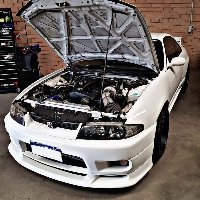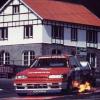Brake Terminology, Technical and Trends
Announcements
-
Similar Content
-
Latest Posts
-
By Dose Pipe Sutututu · Posted
Jesus... Those are some real fked up events and wow... I'm glad everyone is still alive! NRMA do outsource their assessment to some lot called Motorserve here in NSW, so perhaps it may be a touch different when compared to QLD, which sounds like they're a bunch of incompetent fk wits. I can understand why you would avoid them with a 50m pole. -
That's how the huge juny reostat that was fitted to my car for compliance is set. The white LEDs are barely getting enough volts to come on.
-
No. I hate modern dashes. They're so stupidly bright all the time. It's like having a laptop in front of you. The car with my favourite dash is my LandCruiser, as it will go down so dim that you really can't see it. Absolutely brilliant for night time driving!
-
Ahh right, I did offer to help, but been a bit lax wrt donations...sigh... perhaps the roller door has finally run down...
-
Wait. I thought Speedtek was an "ebay special"?
-






Recommended Posts
Create an account or sign in to comment
You need to be a member in order to leave a comment
Create an account
Sign up for a new account in our community. It's easy!
Register a new accountSign in
Already have an account? Sign in here.
Sign In Now